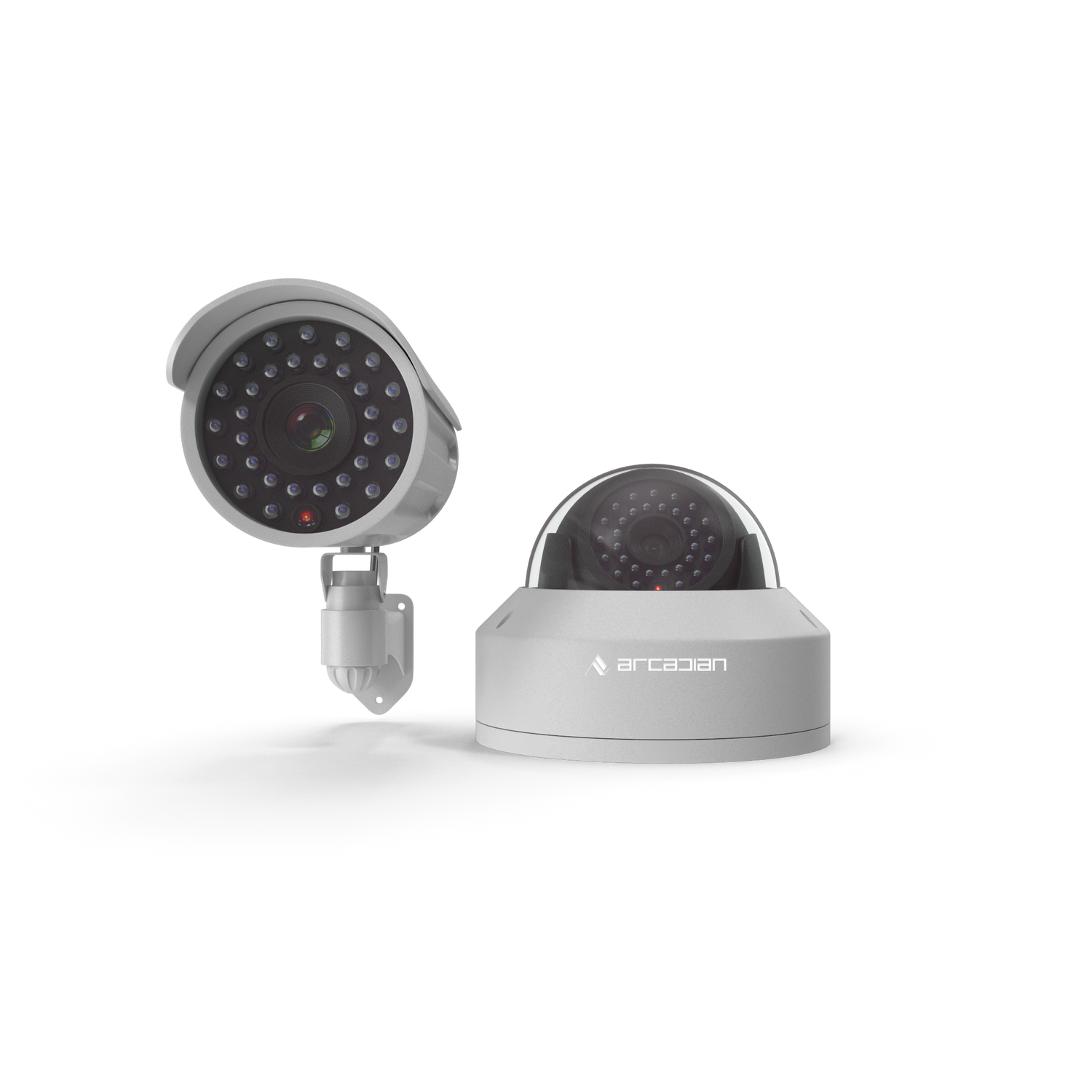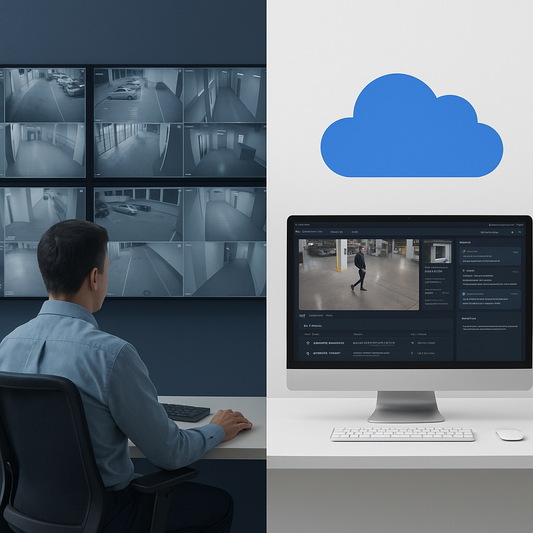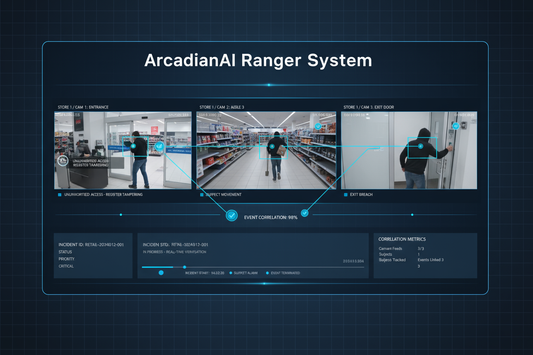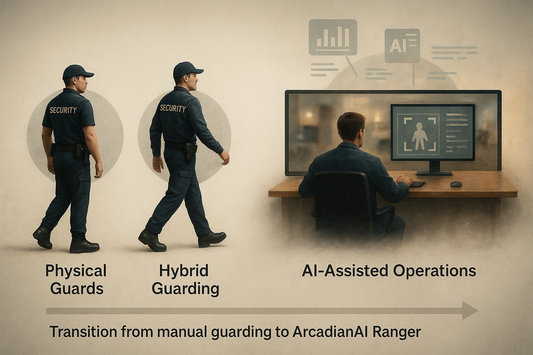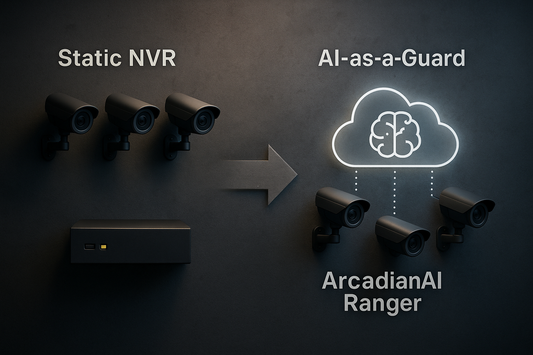Banned but Not Gone: How Chinese Surveillance Giants Still Hide in Plain Sight
Chinese surveillance tech is banned in North America—yet many Western brands quietly rebrand the same hardware. Here's what the NDAA doesn't want you to ignore.

Introduction
Imagine investing thousands into your business’s security, only to find out that the cameras watching over your property might be sending data to foreign servers, exposing you to cyber-espionage. This isn’t paranoia—it’s policy. The United States and Canada have officially banned the use of Chinese surveillance technologies in critical infrastructure, and for good reason. The 2019 U.S. National Defense Authorization Act (NDAA) set the precedent, citing national security threats. But the truth is murkier: many Chinese-made devices still enter North American markets under Western labels, with users unaware of what powers them.
This blog post dives deep into:
-
What the NDAA is and why it matters
-
Which Chinese companies are banned and why
-
How these banned firms continue operating through OEM partners
-
The real firmware and cybersecurity risks embedded in these devices
-
What Canada and other countries are doing
-
How to spot and avoid NDAA-noncompliant hardware
And finally, how ArcadianAI offers a clean, AI-first, NDAA-compliant solution to help you avoid costly and dangerous mistakes.
Quick Summary / Key Takeaways
-
The NDAA prohibits using Chinese surveillance tech in U.S. federal systems
-
Brands like Hikvision, Dahua, Huawei, and ZTE are banned due to cybersecurity risks
-
Many Western companies rebrand Chinese OEM hardware
-
Firmware backdoors, cloud leaks, and lack of update control pose critical risks
-
Canada and allies are following suit in banning Chinese surveillance tech
-
ArcadianAI is a fully NDAA-compliant, AI-native, cloud video surveillance platform
Background & Relevance
Why This Matters Now
The U.S. NDAA Section 889 is not just a bureaucratic document—it's a wake-up call for any business or institution relying on video surveillance. According to IPVM, Hikvision alone had over 4.7 million cameras deployed across the United States prior to the ban.
Key Stats:
-
$20 billion global video surveillance market dominated by Chinese brands (Statista, 2024)
-
>60% of all IP cameras globally are made in China (IPVM, 2023)
-
80+ countries use Hikvision or Dahua cameras in critical infrastructure (NYT, 2022)
Yet many buyers remain unaware their systems are linked to these banned manufacturers. The danger? Firmware backdoors, forced cloud connectivity, and the potential for foreign access to surveillance footage.
Core Topic Exploration
H2: What Is the NDAA and Section 889?
The National Defense Authorization Act (NDAA) is the annual U.S. military spending bill. Section 889, enacted in 2019, specifically prohibits government agencies from:
-
Procuring equipment from certain Chinese companies
-
Working with vendors who use these companies' components
Banned Entities under NDAA Section 889:
-
Hikvision (Hangzhou Hikvision Digital Technology)
-
Dahua Technology
-
Huawei Technologies
-
ZTE Corporation
-
Hytera Communications
These companies are believed to have close ties with the Chinese Communist Party and People’s Liberation Army, making their equipment a potential security risk.
H2: The Brands Still Using Banned Chinese Tech
Here’s the uncomfortable truth: many Western security brands repackage or white-label Chinese-manufactured hardware.
Notable Examples:
| Western Brand | Suspected OEM Source | Reference |
|---|---|---|
| LTS | Hikvision | IPVM Investigative Report |
| Swann | Hikvision | IPVM, 2021 |
| Amcrest | Dahua | Reddit & IPVM user teardown |
| Lorex (pre-2022) | Dahua | Teardown.com, 2020 |
| EZVIZ | Owned by Hikvision | Public Disclosure |
| Night Owl | Dahua (varies) | Amazon reviews, IPVM |
Many of these brands claim NDAA compliance, but firmware-level audits tell a different story. This rebranding creates a legal gray area—one where the label may be clean, but the device remains compromised.
How These Products Enter the Market
-
Through distributors like Amazon, Costco, and Alibaba
-
Rebranded by local security installers unaware of firmware origins
-
Sold by resellers focused on price, not compliance
IPVM’s Role in Exposing the Truth
IPVM (IPVideoMarket.info), a leading authority in surveillance industry research, has conducted deep-dive analyses revealing that firmware, APIs, and cloud connections often remain unchanged even after rebranding.
"Changing the logo doesn’t change the risk." — John Honovich, Founder of IPVM
Comparisons & Use Cases
Why NDAA Compliance Matters for You
| Feature | NDAA-Compliant Brands | Chinese Banned Brands |
|---|---|---|
| Supply Chain Transparency | High | Low / Obfuscated |
| Firmware Access Control | Full | Restricted / Unknown |
| Update Mechanism | Controlled | Often Cloud-Forced |
| National Security Risk | Minimal | Documented Risk (FBI, DHS) |
Use Cases Where NDAA Compliance Is Crucial
-
Healthcare Facilities: Protect patient footage from foreign access
-
Retail Chains: Avoid security breaches in POS-camera integrations
-
Schools & Campuses: Prevent cyber intrusions and PR fallout
-
Critical Infrastructure: Follow federal and municipal compliance laws
What Canada and Others Are Doing
Canada has also begun banning Chinese cameras from government agencies. Public Safety Canada, in late 2022, ordered the removal of all Hikvision and Dahua devices from federal buildings.
The UK, Australia, and India are adopting similar measures, citing the same concerns about data access and foreign surveillance.

Common Questions (FAQ)
Is it illegal to use Hikvision or Dahua in my store?
Not illegal for private use in most regions, but banned for U.S. federal agencies and Canadian government sites. Risks include cybersecurity breaches and insurance issues.
How can I tell if my system is NDAA compliant?
Check chipset origins, firmware providers, and OEM logs. Use teardown resources (like IPVM) or consult with NDAA-compliant vendors.
Are all Chinese cameras banned?
No. The NDAA targets specific entities. However, many other brands rely on similar firmware or cloud architectures tied to China.
Is Lorex still tied to Dahua?
As of 2022, Lorex was sold by Dahua to Taiwan-based Skywatch. However, hardware and firmware may still be inherited from Dahua until full transition occurs.
What if I bought a banned system already?
Consider replacing key components or migrating to an NDAA-compliant, cloud-native platform. Physical replacement may be required in high-risk environments.
Conclusion & CTA
The surveillance industry has a trust problem. Hidden OEM relationships, opaque firmware practices, and banned entities still present in supply chains make it risky to buy blindly.
ArcadianAI stands for clarity. Our platform is:
-
Fully NDAA compliant
-
Camera-agnostic
-
AI-native and cloud-first
-
Free from hidden firmware dependencies
Don’t risk your customers, your data, or your reputation. Choose a security platform that puts transparency and cybersecurity first.
See how ArcadianAI protects you from hidden risks — Request a demo today.

Security is like insurance—until you need it, you don’t think about it.
But when something goes wrong? Break-ins, theft, liability claims—suddenly, it’s all you think about.
ArcadianAI upgrades your security to the AI era—no new hardware, no sky-high costs, just smart protection that works.
→ Stop security incidents before they happen
→ Cut security costs without cutting corners
→ Run your business without the worry
Because the best security isn’t reactive—it’s proactive.
